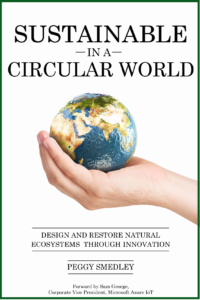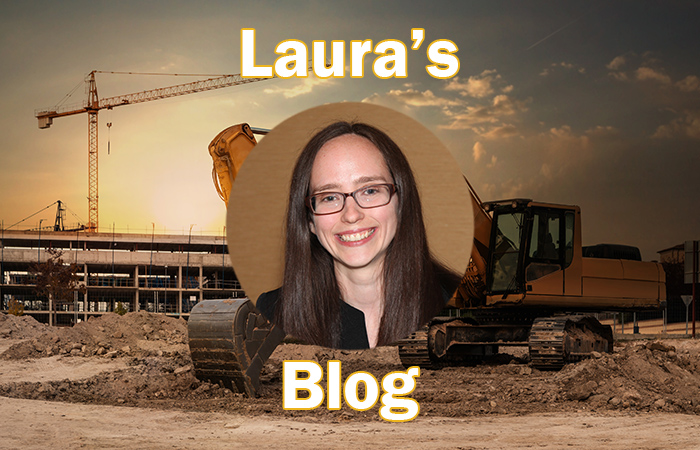We are in the middle of a “Hot Construction Technology” series where we are uncovering some of the latest technologies to infiltrate the construction jobsite. So far, we have looked at 5G and AI (artificial intelligence). Today, let’s narrow in on AR (augmented reality), VR (virtual reality), MR (mixed reality), and the metaverse—all of which will change the way construction professionals do business in the years ahead.
First, let’s define each, look at some growth projections, and then identify how these technologies will impact the construction industry specifically.
Virtual reality is a computer-generated simulation of a 3D image or environment that can be interacted with by using equipment such as a helmet. Essentially, it brings a person into a new reality. The global virtual reality market size was valued at $21.83 billion in 2021 and is expected to expand at a growth rate of 15% from 2022 to 2030, according to Grand View Research.
Augmented reality, in contrast, is when a user interacts with digital information in their own environment. While VR creates an entirely artificial environment, AR allows a person to experience their own real-world environment with information overlaid on it. Fortune Business Insights suggests the global augmented reality market size is expected to reach $97.76 billion by 2028, exhibiting a growth rate of 48.6%.
Mixed reality is a blend of both physical and digital worlds. Leveraging computer vision, graphical processing, display technologies, input systems, and cloud computing, it brings together both the physical and digital that enables interaction with and among both the real world and virtual objects. The global mixed reality market was valued at $553.27 million in 2020 and expected to reach $5.8 billion by 2026 and grow at a rate of 47.9%, says Mordor Intelligence.
The metaverse is something else entirely and means different things to different people. At its core, the metaverse is a simulated digital environment that uses AR and VR to create a very immersive online experience. Peggy Smedley unpacks this on her blog, diving in much deeper to this technology. According to Precedence Research, the global metaverse market size is projected to be worth around $1.6 trillion by 2030, expanding at a rate of 50.74% from 2022 to 2030.
Suffice to say, all these technologies are projected to grow significantly in the next decade, but what exactly does all this mean for the construction industry?
There are myriad opportunities for the construction industry. A virtual experience could help in the sales process of new homes. It can help architects visualize a building before it is built. But perhaps one of the biggest opportunities for construction is planning large construction projects.
Consider the example of Microsoft HoloLens, which can create an immersive experience for many vertical industries including engineering and construction. Technology such as this can accelerate the pace of design and lower rework. More specifically, employees can identify risks earlier and accurately validate designs and install conditions from the early-stage design through to construction.
Such technology has helped the Minnesota Dept. of Transportation advance infrastructure inspections, ultimately saving $4 million per year. As another instance, Nox Innovations is able to optimize its construction workflows, saving both time and money and decreasing construction costs by 14%.
These are simply a few examples. AR, VR, MR, and the metaverse are set to change the way work is done in the months ahead. Now it is a matter of taking that step into our new reality.
Want to tweet about this article? Use hashtags #construction #IoT #sustainability #AI #5G #cloud #edge #futureofwork #infrastructure


